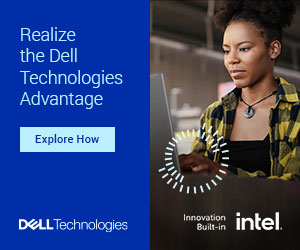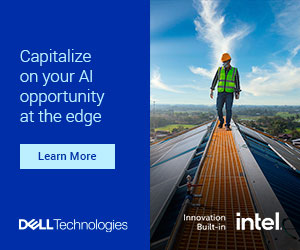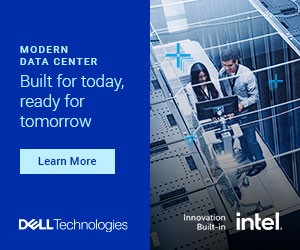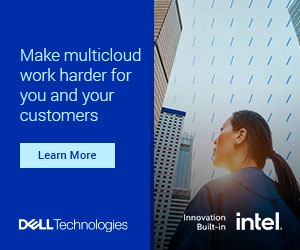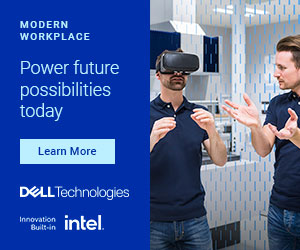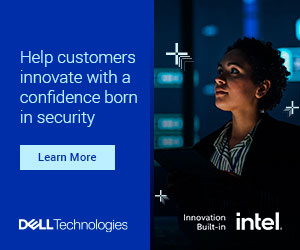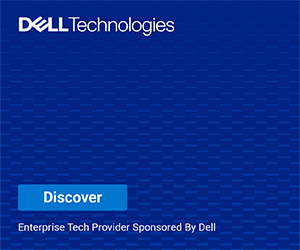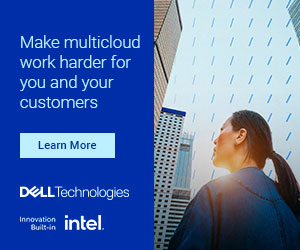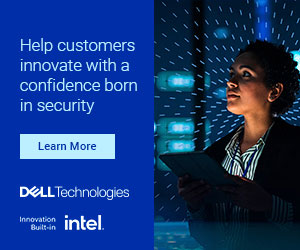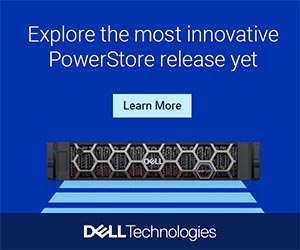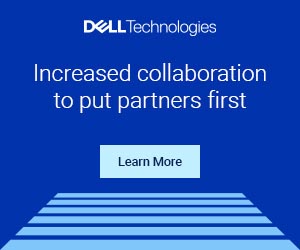Virtual Desktop Integration (VDI) enables users to remotely access IT environments, including PCs, edge nodes and core server infrastructure. Enterprises rely on this virtual tech to give their workers access to virtual desktops so they can maintain contact with local and cloud-based apps, storage and network, regardless of where they choose to work.
Because the “work anywhere” movement has become common in organizations around the world, VDI is an integral component of just about any workforce. Guaranteeing smooth interaction with core, edge and remote infrastructure is vital to keeping the wheels of modern business turning.
How does VDI work?
To the end user, VDI feels seamless. But there’s a lot going on behind the scenes to ensure access, security, scalability and support.
To begin, a user logs in to establish a connection to their virtual desktop. This can be done via a web portal, thin client or a remote desktop application like Dell VDI Solutions.
The system then authenticates the user. A so-called connection broker verifies the user’s credentials and assigns them a virtual desktop. This desktop loads dynamically and provides access to the user’s apps, files and settings, which are loaded from a central profile management system.
At this point, the user can operate their virtual desktop just as they would if they were in the same physical location as their office PC or other hardware. VDI maintains synchronization with the organization's infrastructure in realtime to ensure both continuity as files and other elements are updated and the security necessary to prevent a cyberattack.
Dell PowerEdge Servers for VDI
Dell’s vaunted PowerEdge platform is uniquely adept at hosting virtual desktops using popular software like VMware Horizon, Microsoft Remote Desktop and Citrix. PowerEdge ensures your customers can maintain high-availability and enterprise-grade workload optimization.
Dell’s award-winning edge infrastructure also supports highly graphics-intense workloads. This is essential to compete in a market that increasingly relies on AI workloads. It also assists with common visually-intense applications like computer aided design (CAD) and video rendering.
To learn more about how Dell PowerEdge Server can help your customers better enable their modern workforces, visit
Dell.com/poweredge now.




